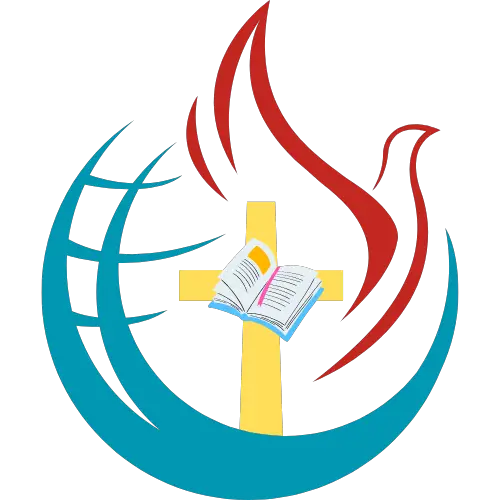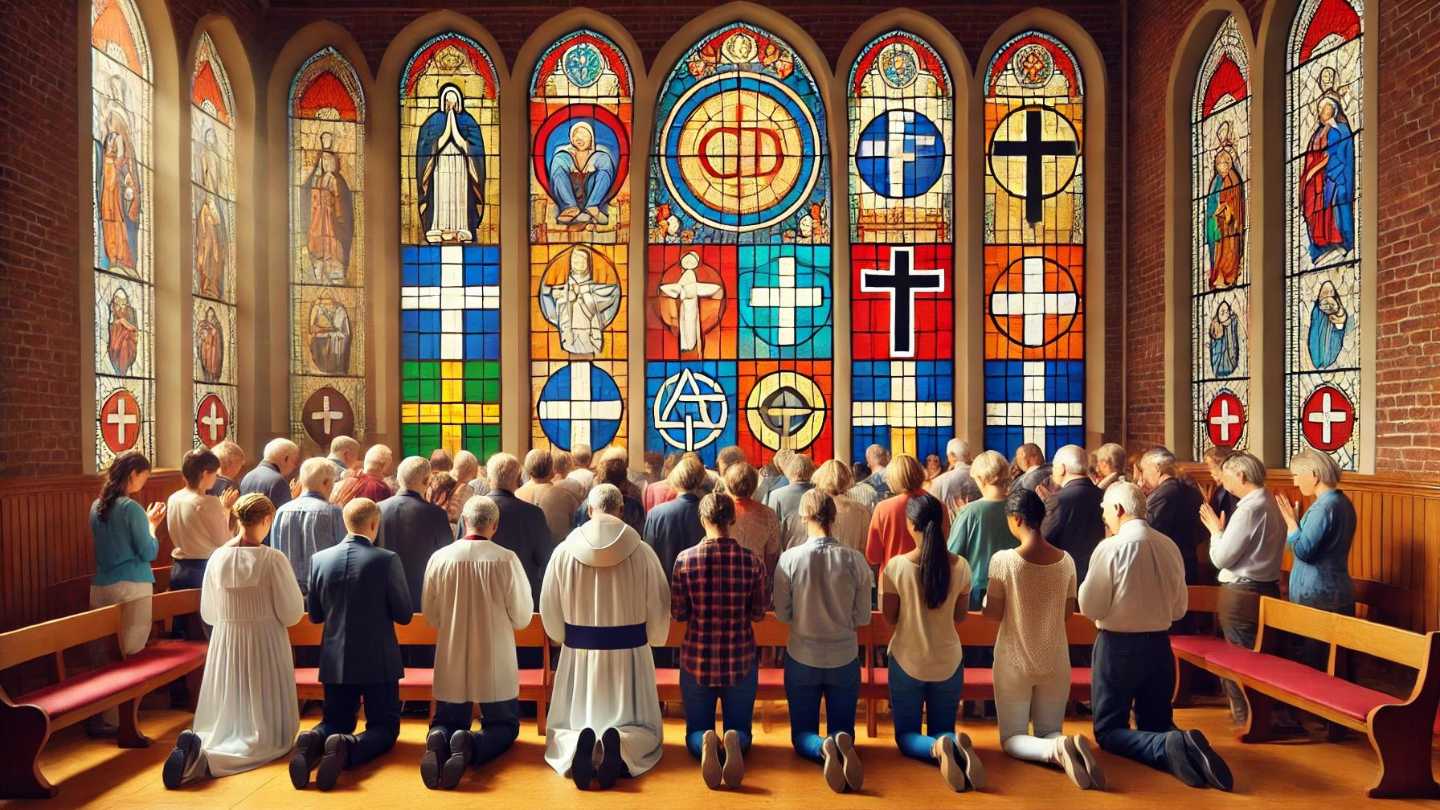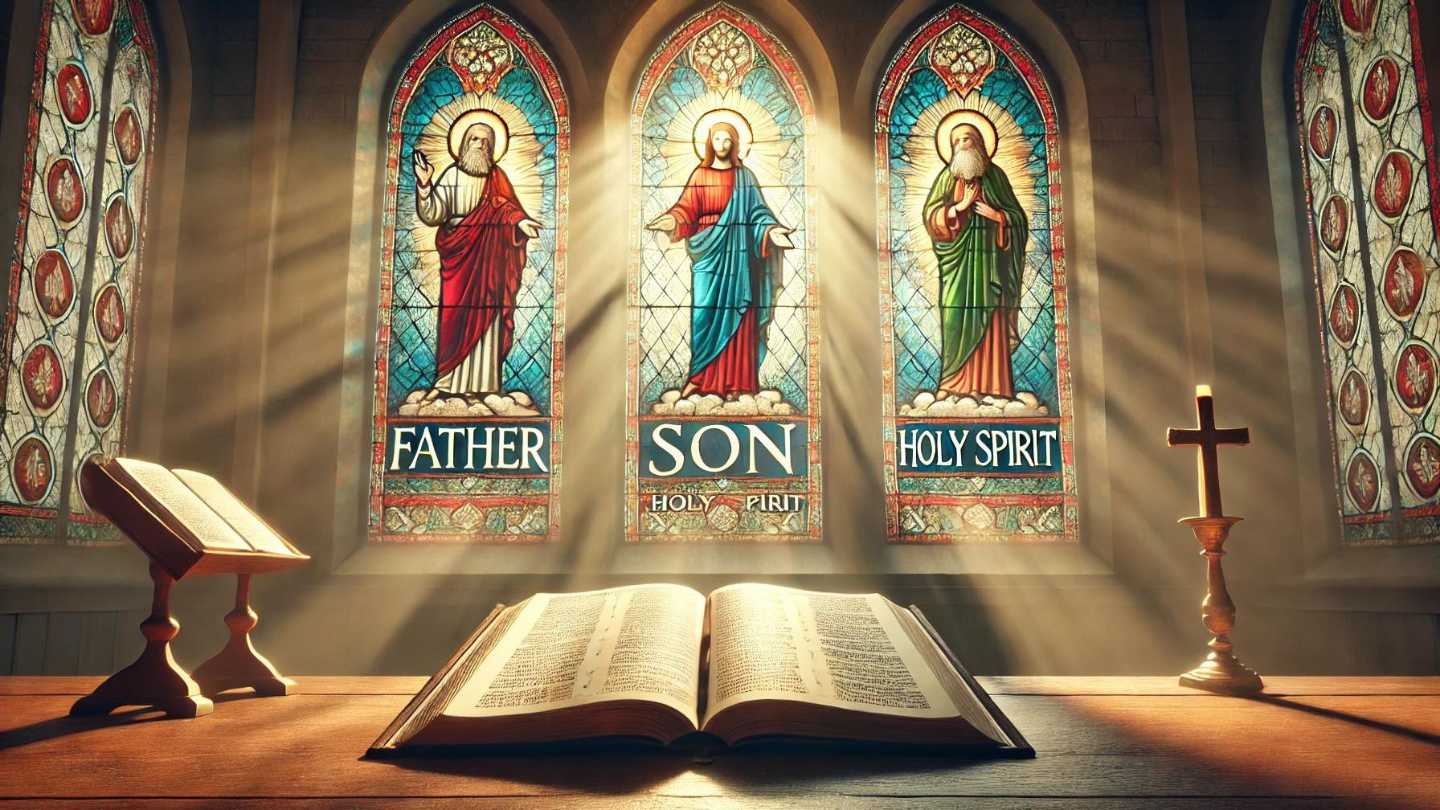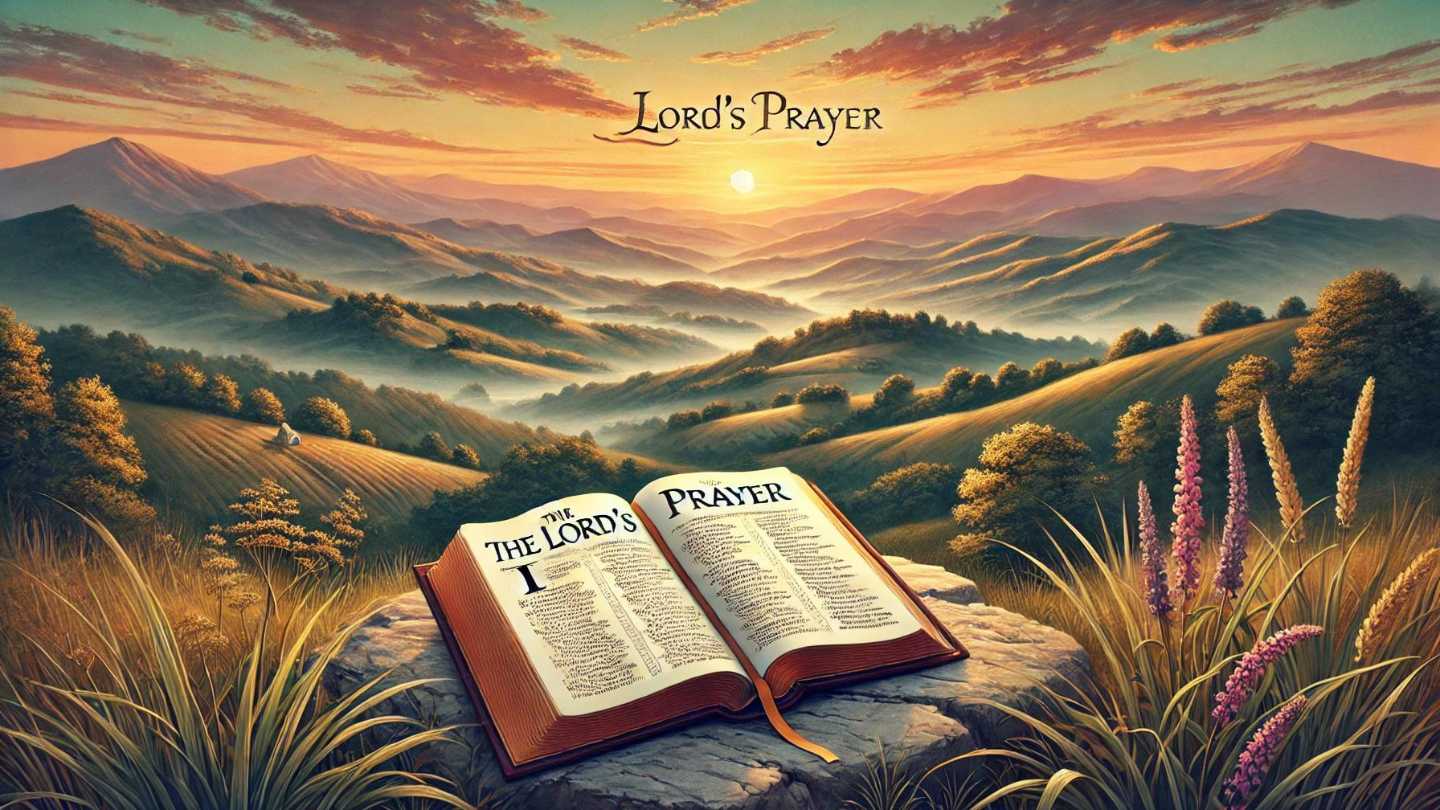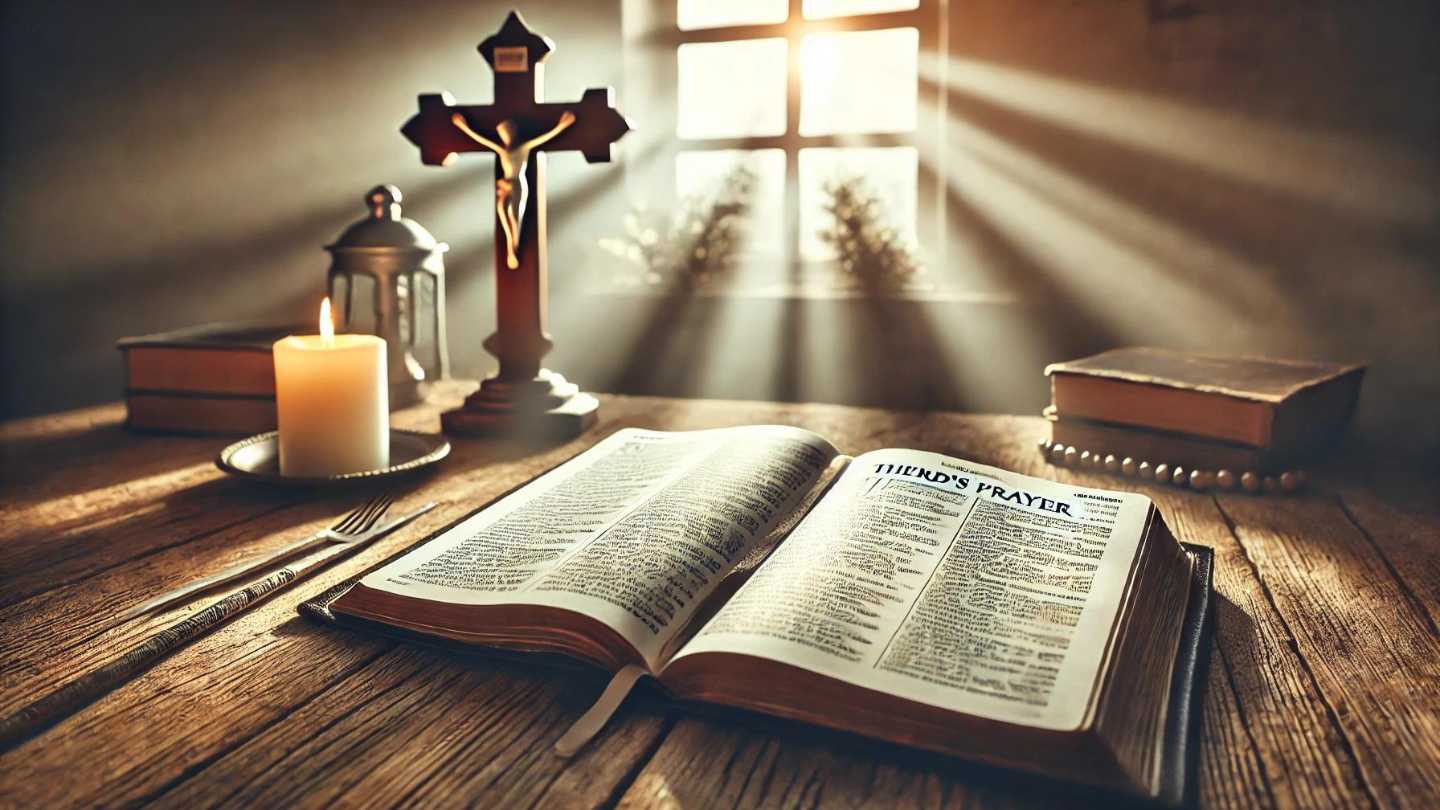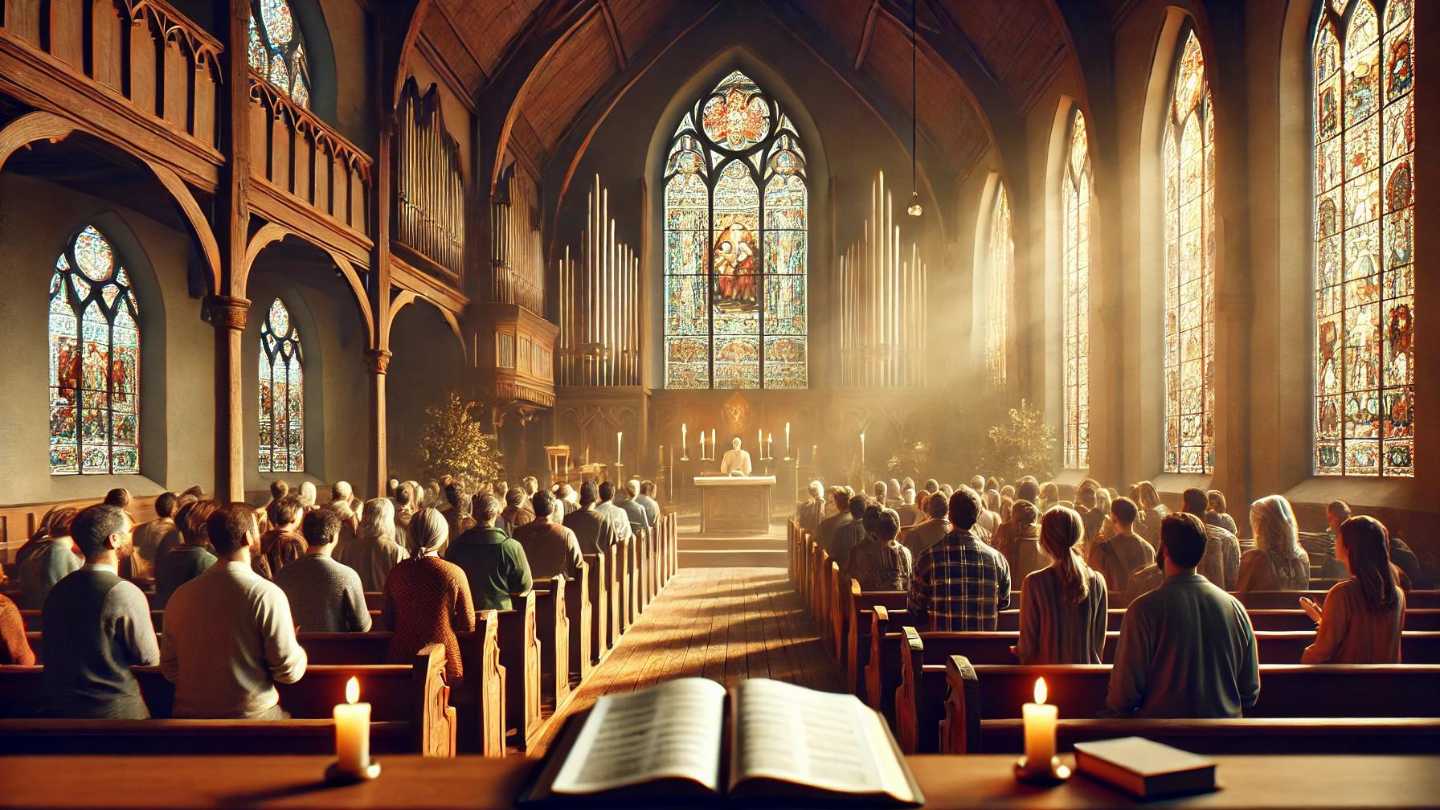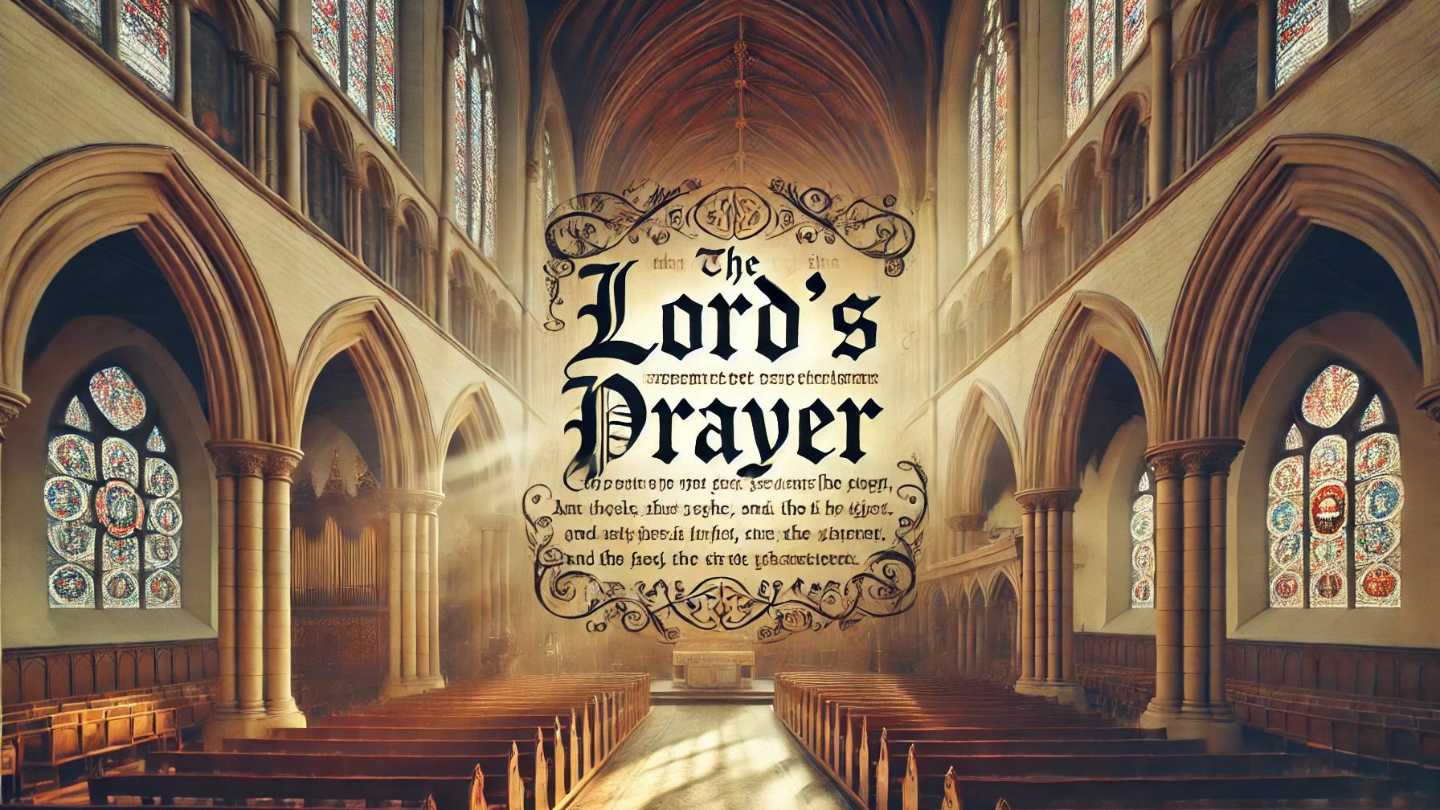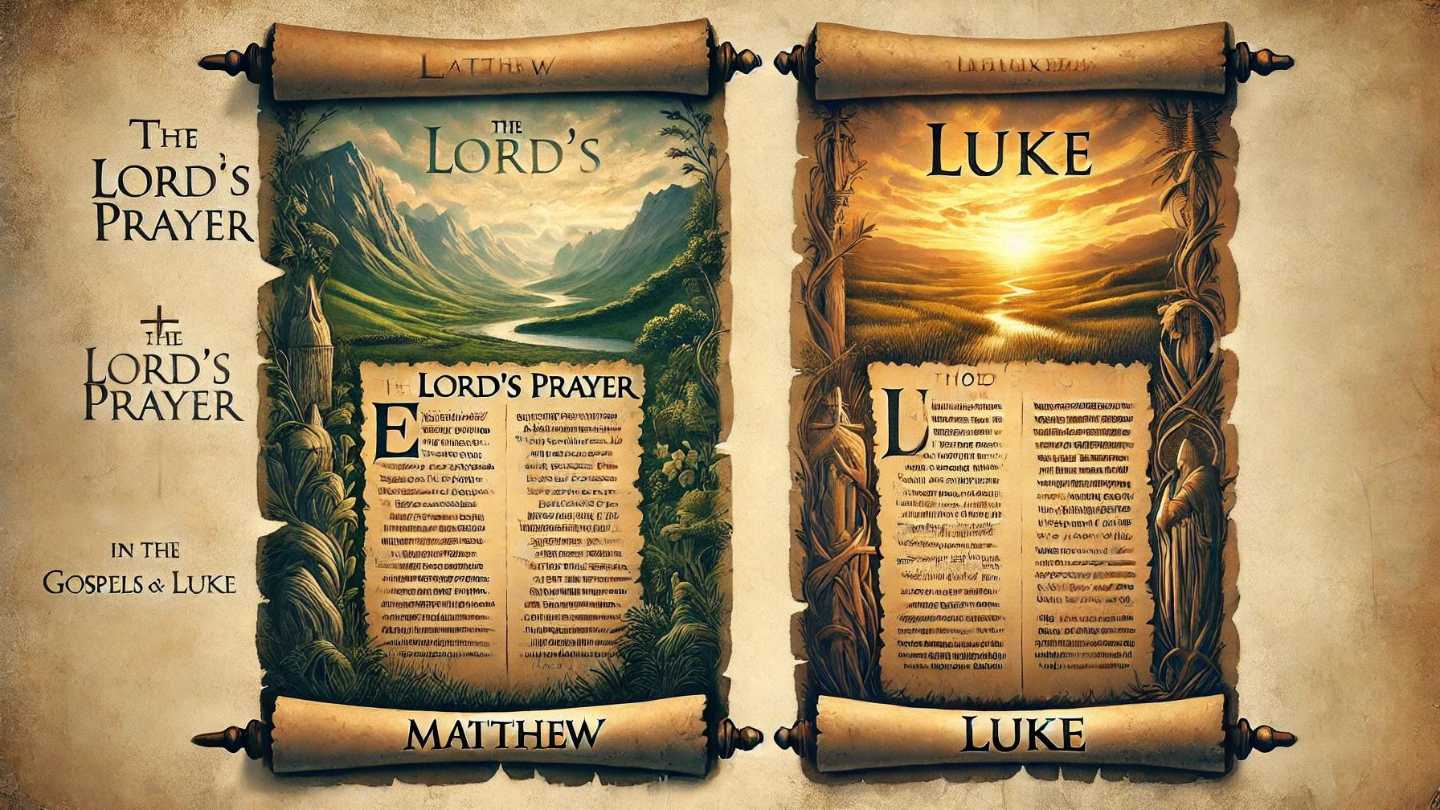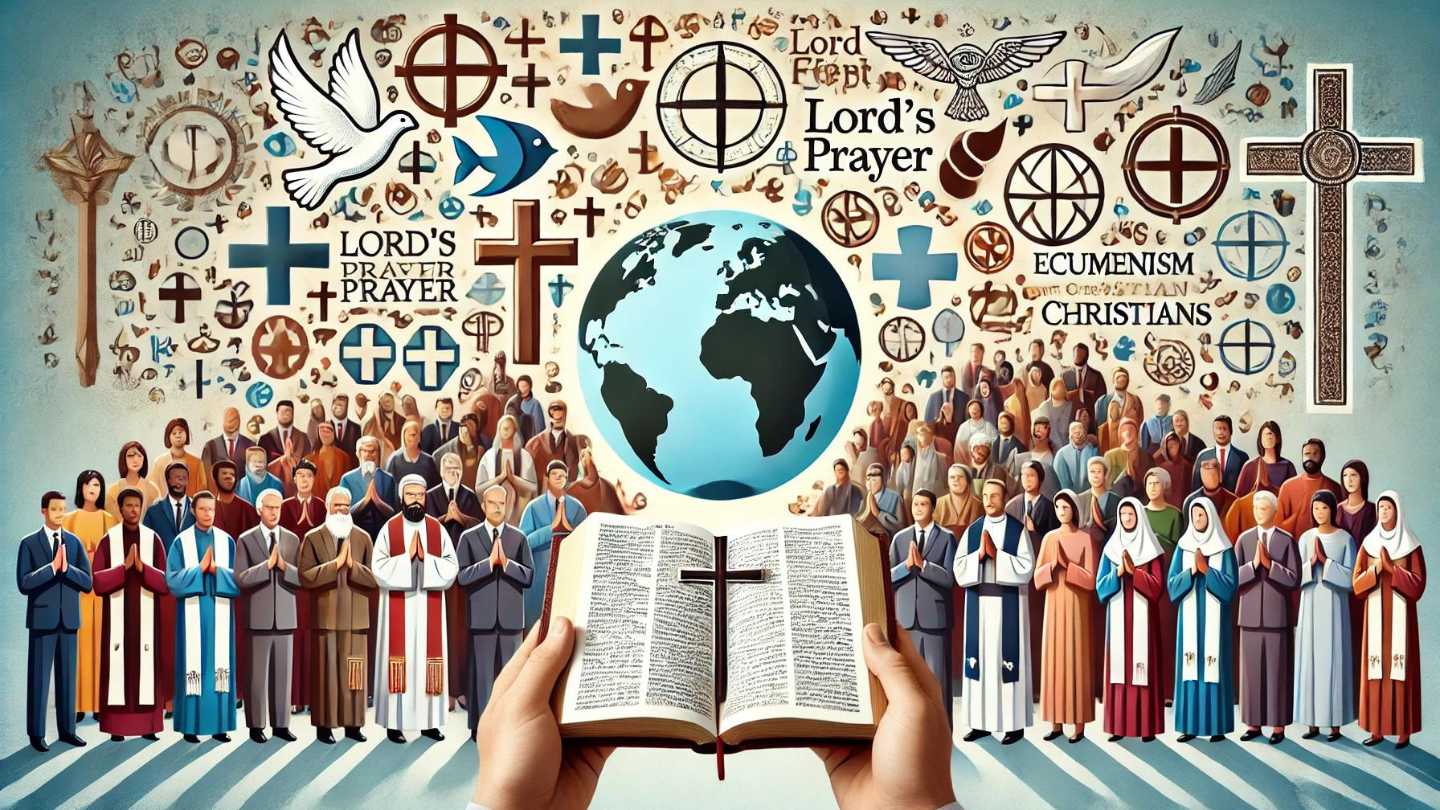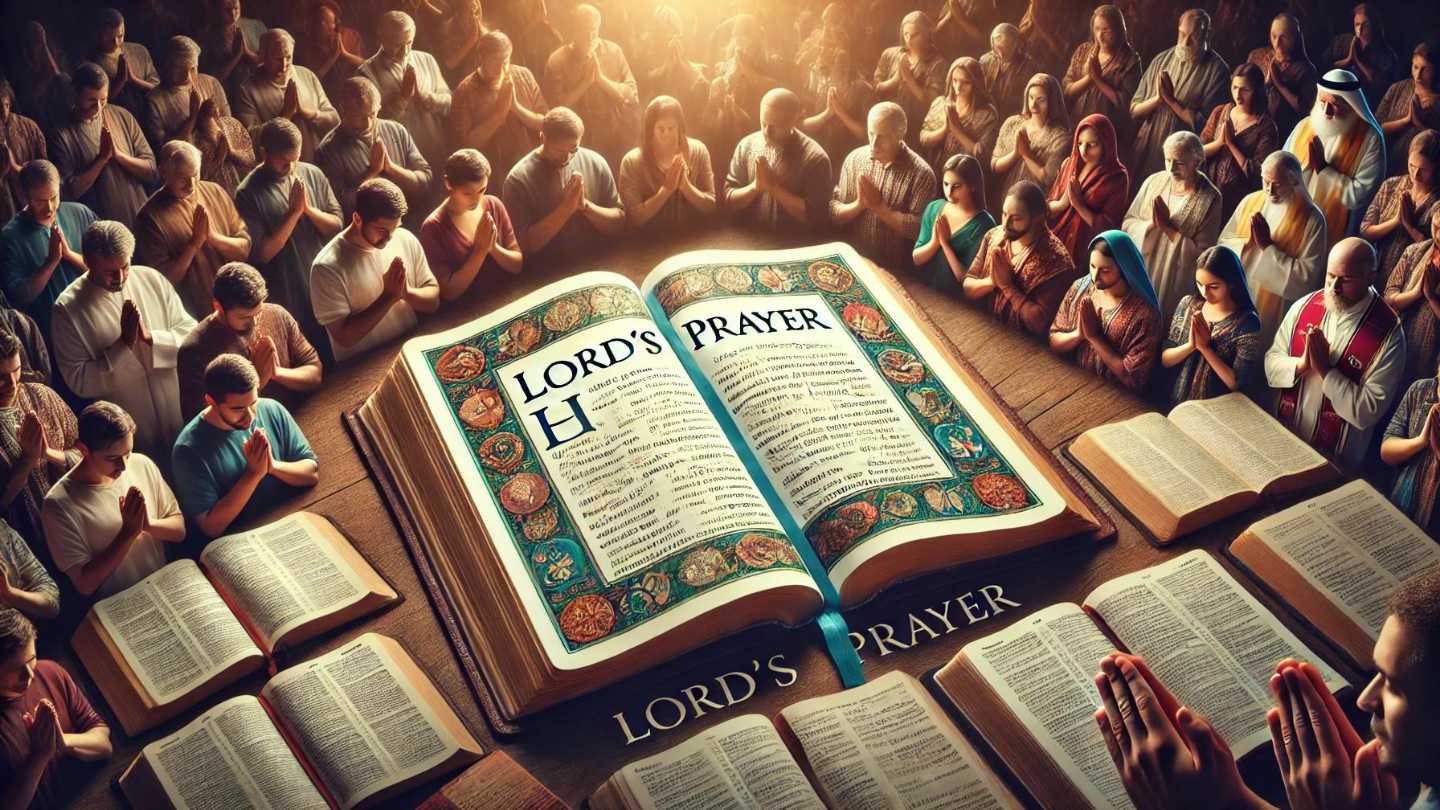The Lord’s Prayer, also known as the Our Father, is one of the most revered and widely recited prayers in Christianity. Its significance spans across various denominations, each interpreting and practicing it in unique ways while maintaining a core of shared belief. This article explores the nuances of The Lord’s Prayer in Catholic, Protestant, and Orthodox Christian traditions.
The Lord’s Prayer in Catholicism
In the Catholic tradition, The Lord’s Prayer is an integral part of the liturgy and personal devotion. It is recited during the Mass, specifically before the Eucharistic prayer, signifying its importance in the communal and sacramental life of the Church. The prayer in Catholicism emphasizes the relationship between God and the faithful as a loving Father who provides for and protects His children.
Key Elements:
- Structure: The Catholic version follows the traditional wording found in the Gospel of Matthew (Matthew 6:9-13).
- Doxology: The doxology (“For thine is the kingdom, the power, and the glory, forever and ever. Amen.”) is usually omitted in the liturgical context but is included in private prayers.
- Significance: It underscores themes of forgiveness, dependence on God, and the coming of God’s kingdom.
The Lord’s Prayer in Protestantism
Protestant denominations have a diverse approach to The Lord’s Prayer, but it remains a central element of worship and personal devotion. Its usage varies from denomination to denomination, often reflecting the theological emphasis and liturgical style of each group.
Key Elements:
- Variations: Different Protestant denominations might use slightly varied translations, but the essence remains the same.
- Inclusion of the Doxology: Unlike the Catholic tradition, many Protestant churches include the doxology as a standard part of the prayer.
- Role in Worship: It is commonly recited during Sunday services, Bible studies, and personal prayer times, emphasizing direct communication with God and the believer’s reliance on His grace.
The Lord’s Prayer in Orthodoxy
In the Orthodox Christian tradition, The Lord’s Prayer holds a place of profound reverence and is a staple in both communal and personal worship. It is recited in virtually every service and is central to the daily prayer life of Orthodox Christians.
Key Elements:
- Liturgical Context: The prayer is recited during the Divine Liturgy, Vespers, Matins, and other services.
- Theological Emphasis: The Orthodox interpretation places a strong emphasis on the transformative power of the prayer, viewing it as a means of sanctification and spiritual growth.
- Mystical Aspect: The Orthodox tradition often delves into the mystical dimensions of the prayer, seeing it as a path to deeper communion with God.
Shared Beliefs and Differences
Despite the differences in interpretation and practice, The Lord’s Prayer unites these denominations in several key beliefs:
- God as Father: All denominations acknowledge the intimate relationship between God and His followers.
- Forgiveness and Mercy: The prayer emphasizes the importance of forgiveness, both from God and towards others.
- Dependence on God: It reflects a universal reliance on God for daily sustenance and spiritual guidance.
Ultimately
The Lord’s Prayer serves as a powerful example of the unity and diversity within Christianity. While Catholic, Protestant, and Orthodox Christians may approach the prayer with different theological emphases and liturgical practices, the core message of seeking God’s will, forgiveness, and provision remains a common thread that binds these traditions together. This shared prayer continues to inspire and guide millions of believers around the world, embodying the essence of Christian faith and devotion.
Related Articles
Author

Alona Smith is a devoted follower of Jesus Christ who believes that life’s true purpose is found in knowing Him and making Him known. She is passionate about sharing God’s Word with clarity and compassion, helping others see the beauty of the gospel of grace revealed through the Apostle Paul.
Grounded in Scripture and led by the Spirit, Alona seeks to live out her faith in practical ways—showing kindness, extending forgiveness, and walking in love. Whether serving in her local church, encouraging a friend in need, or simply living as a light in her community, she strives to reflect Christ in both word and deed.
